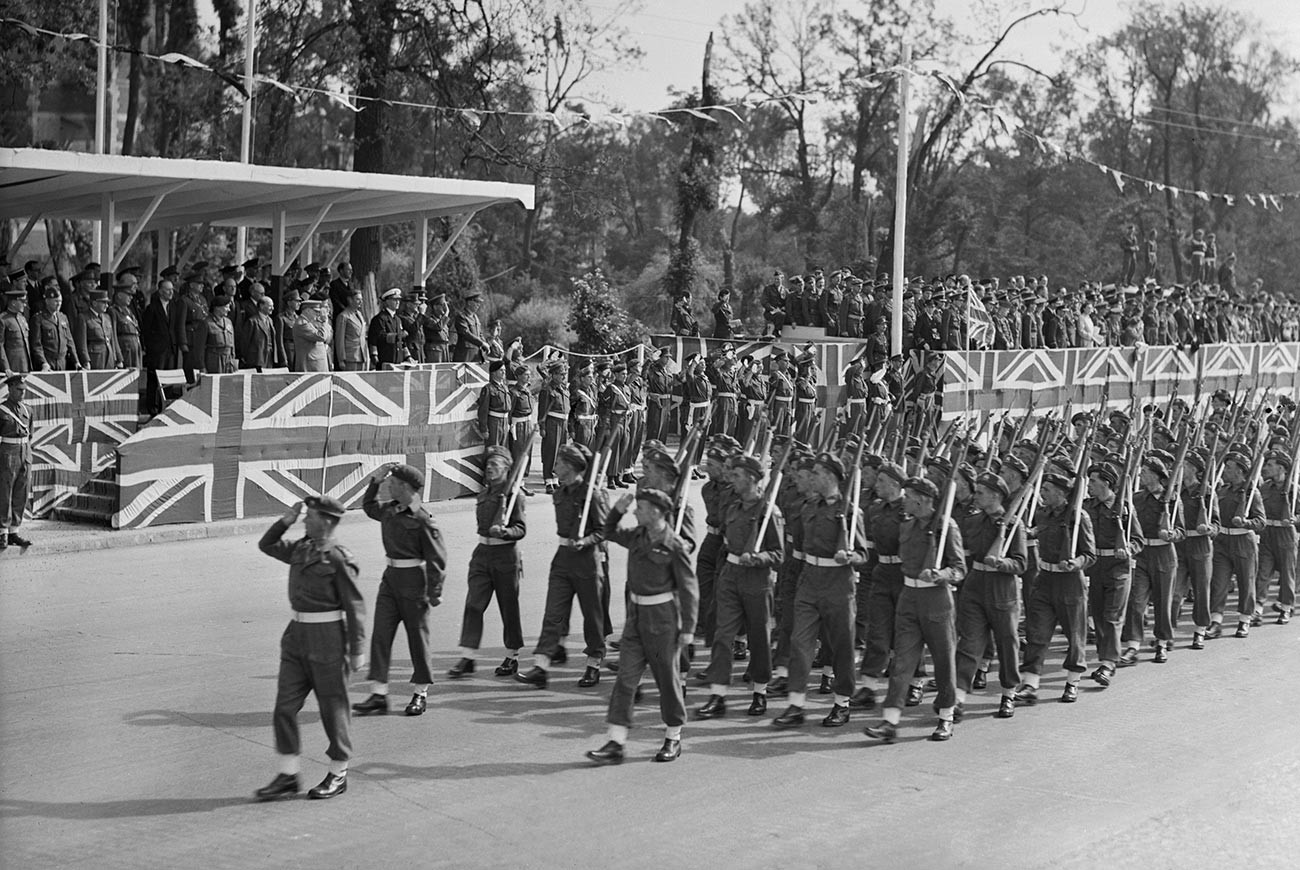

With that, the Japanese had achieved a significant victory in the war. In early January 1905, Russian Major General Anatoly Stessel, commander of the Port Arthur garrison, decided to surrender, much to the surprise of both the Japanese and his bosses in Moscow, believing that the harbor was no longer worth defending in the face of humiliating losses.

How a Malaria Scare at the Start of World War II Gave Rise to the CDCīy the end of 1904, the Japanese navy had sunk every ship in Russia’s Pacific fleet, and had gained control of its garrison on a hill overlooking the harbor. And, from newly gained positions on land in the vicinity of the harbor, Japanese guns fired relentlessly on Russian ships moored in the bay. In late August, forces from northern Russia sent to assist the fleet at Port Arthur were pushed back by the Japanese at the Battle of Liaoyang. Battle of LiaoyangĪfter attempts to attack Russian fortifications on land failed, resulting in significant casualties for the Japanese, the Asian power’s persistence eventually paid off. While Russia avenged that attack with mines of its own, severely damaging two Japanese battleships, the Asian power retained the upper hand at Port Arthur, continuing to bombard the harbor with heavy shelling. Petropavlovsk sank, while Pobeda limped back to port heavily damaged. On April 12, 1904, the Petropavlovsk and Pobeda battleships were able to leave Port Arthur but struck mines just after making it out to sea. However, the Russian ships that evaded the Japanese did not escape unscathed. Although the rest of the Russian Far East Fleet was largely protected within the harbor at Port Arthur, the attacks successfully dissuaded the Russians from taking the battle to the open seas, even though attempts to establish a Japanese blockade of the port failed. The ensuing Battle of Port Arthur began the next day.


As negotiations broke down, the Japanese opted to go to war, staging a surprise attack on the Russian navy at Port Arthur on February 8, 1904. However, Russia refused Japan’s offer and demanded that Korea north of the 39th parallel serve as a neutral zone. Under the terms of the proposal, Japan would have maintained influence over Korea. With the Russians’ history of military aggression, the Japanese initially sought a deal, offering to cede control of Manchuria (northeastern China). Russia provided military support to the Qing Dynasty in China during that conflict, which pitted the two Asian powers against each other. The Japanese, meanwhile, had been concerned about Russian influence in the region since the First Sino-Japanese War of 1895. The Russian Empire already leased a port on the Liaodong Peninsula from China-Port Arthur-but it wanted to have a base of operations firmly under its control. However, with the Siberian shipping center of Vladivostok forced to close for much of the winter months, the empire was in need of a warm-water port in the Pacific Ocean, both for purposes of trade as well as a base for its growing navy.Ĭzar Nicholas set his sights on the Korean and Liaodong peninsulas, the latter located in present-day China. In 1904, the Russian Empire, ruled by the autocratic Czar Nicholas II, was one of the largest territorial powers in the world.


 0 kommentar(er)
0 kommentar(er)
